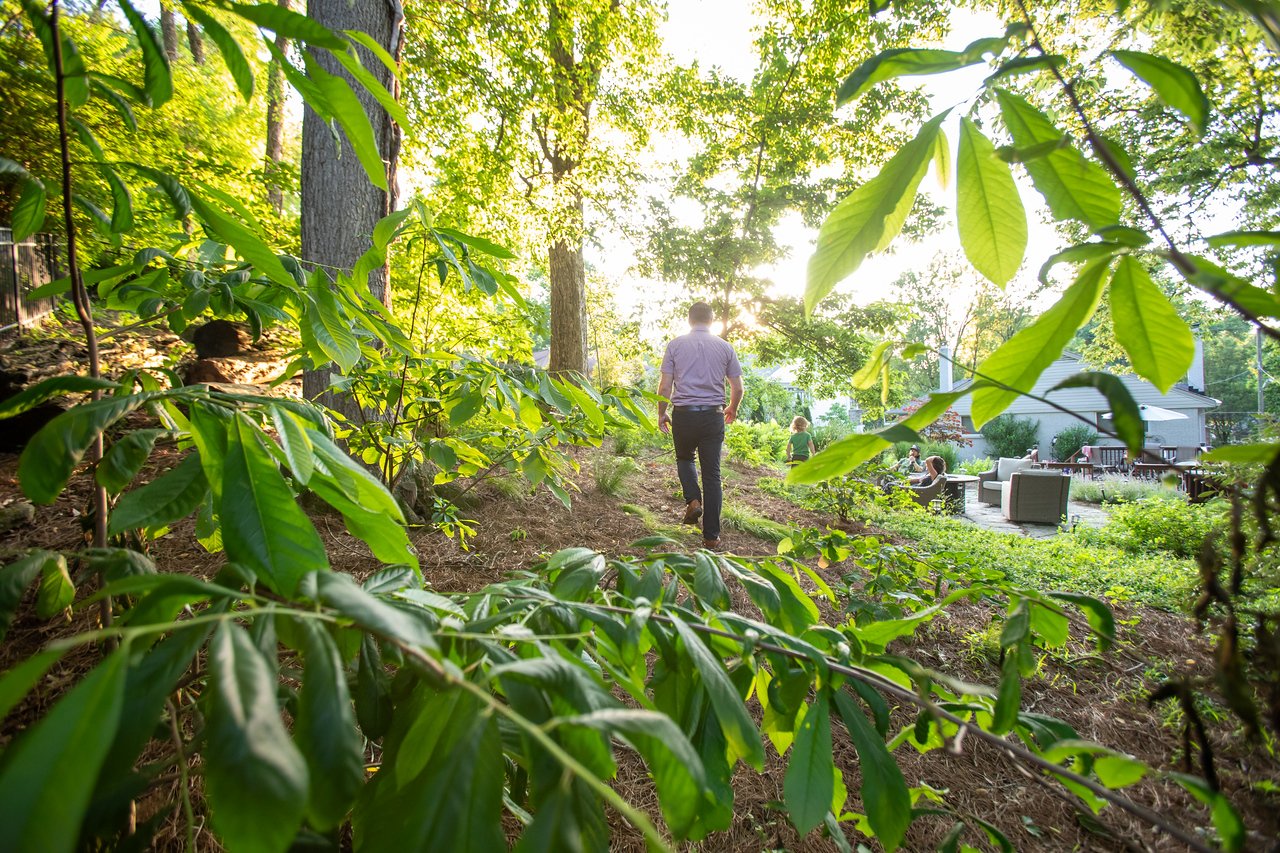The benefits offered by native plants aren’t just ecological. They also provide a variety of human-centric perks.
Not only do plants that are native to our region support pollinators, sustain biodiversity, assist with healthy ecosystem functioning, and beautify our landscapes. Many native plants also offer edible and medicinal benefits for people. This helps explain the growing interest in food forests and other forms of edible landscaping.
Looking to add edible plants to your native landscape? Get started with 7 of our favorite native edibles, below.
American Elderberry (Sambucus nigra L. ssp. Canadensis)
This vigorous native shrub grows well in a variety of conditions, making it a versatile addition to a native landscape. You might recognize elderberry from its use in over-the-counter remedies for the common cold and immune system support. Its small berries can be harvested for use in tinctures, syrups, baked goods, and even elderberry wine.
Black Chokeberry is a beautiful shrub that offers tasty berries for birds and people of all ages
Black Chokeberry (Aronia melanocarpa)
This native shrub goes by the names "Aronia" and "Chokeberry." As the latter name suggests, it produces berries—specifically, rich black berries that are popular among birds and equally tasty for humans. According to the Ohio State Extension Office, aronia berries are "super fruits" that contain high levels of antioxidants and may help protect against a variety of health issues. These versatile shrubs grow well in a variety of conditions, from sun to part shade, and feature glossy leaves and white flowers. They fruit from approximately mid-August to early September.
Blue Violet (Viola sororia)
Most of us are familiar with blue violets, as these prolific growers can be found in yards and other natural spaces across Ohio and Kentucky. While sometimes written off as a weed, violets have much to offer. They grow well in shade, give sustenance to pollinators, resist deer browsing, and make a tenacious groundcover, or "living mulch," that stays green for much of the year and produces small, bluish purple flowers. In addition to all that, they're edible! Humans can consume both the flowers and the leaves, which are high in vitamins A and C.
Ostrich Fern (Matteuccia struthiopteris)
An elegant addition to many woodland gardens, ostrich ferns tend to form large colonies, particularly in spots with moist soil. That’s good news for anyone familiar with the delicacy that is cooked fiddleheads. The young shoots of ostrich ferns make for a tasty and nutritious snack or side. Just make sure to cook them thoroughly by boiling or steaming prior to adding them to sautees or other recipes.
Pawpaw trees grow well as understory trees in a shaded landscape (Our Land Organics design & installation)
Pawpaw (Asimina triloba)
Also known as wild bananas, pawpaws produce large fruits with a tropical flavor reminiscent of a banana or mango. These nutritious fruits can be eaten raw, added to smoothies, and incorporated into a variety of recipes. They ripen in the fall, providing late-season snacks from the garden. Pawpaws are small woodland trees that form clonal colonies over time. Note that at least two unrelated trees are necessary for fruit production.
Serviceberry berries are tasty and nutritious



